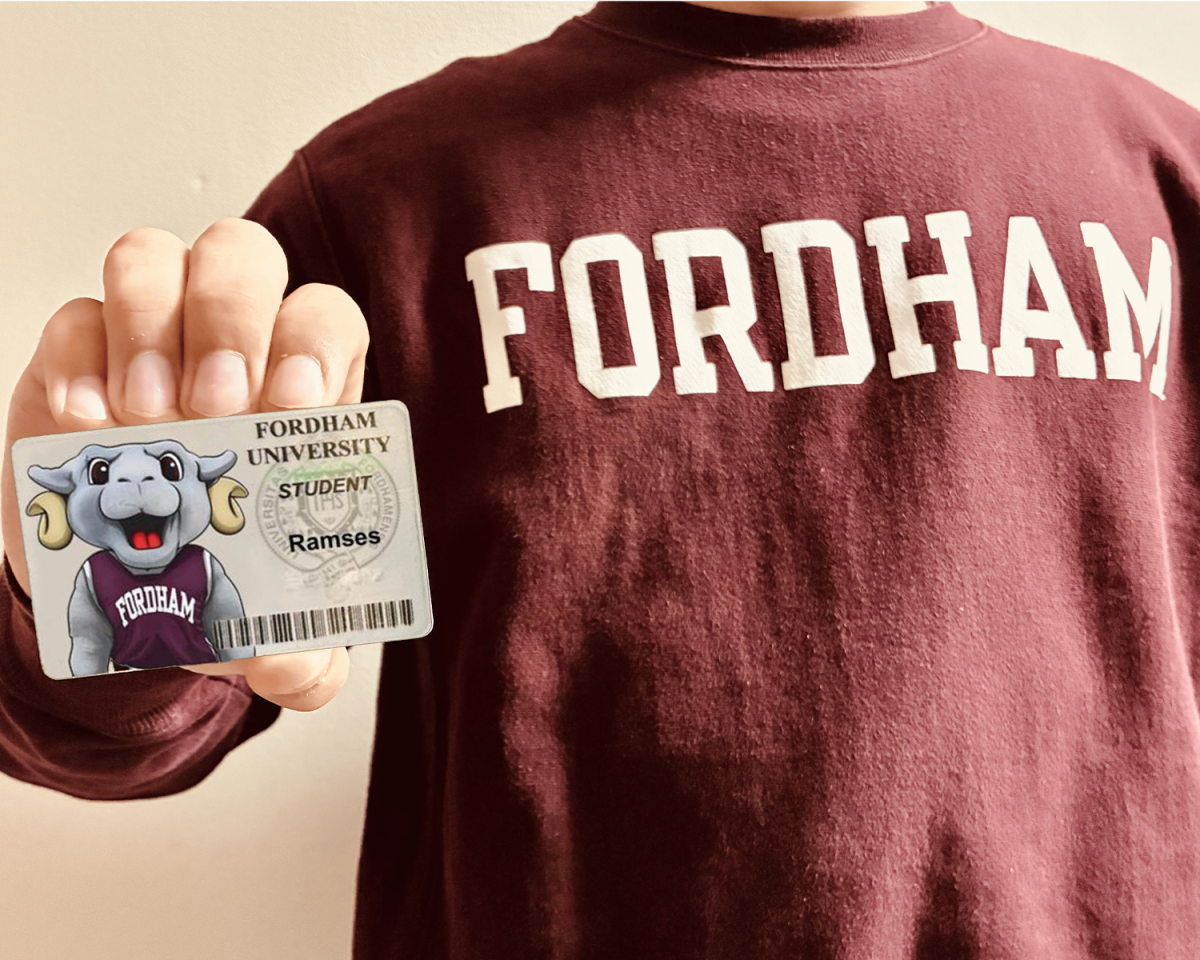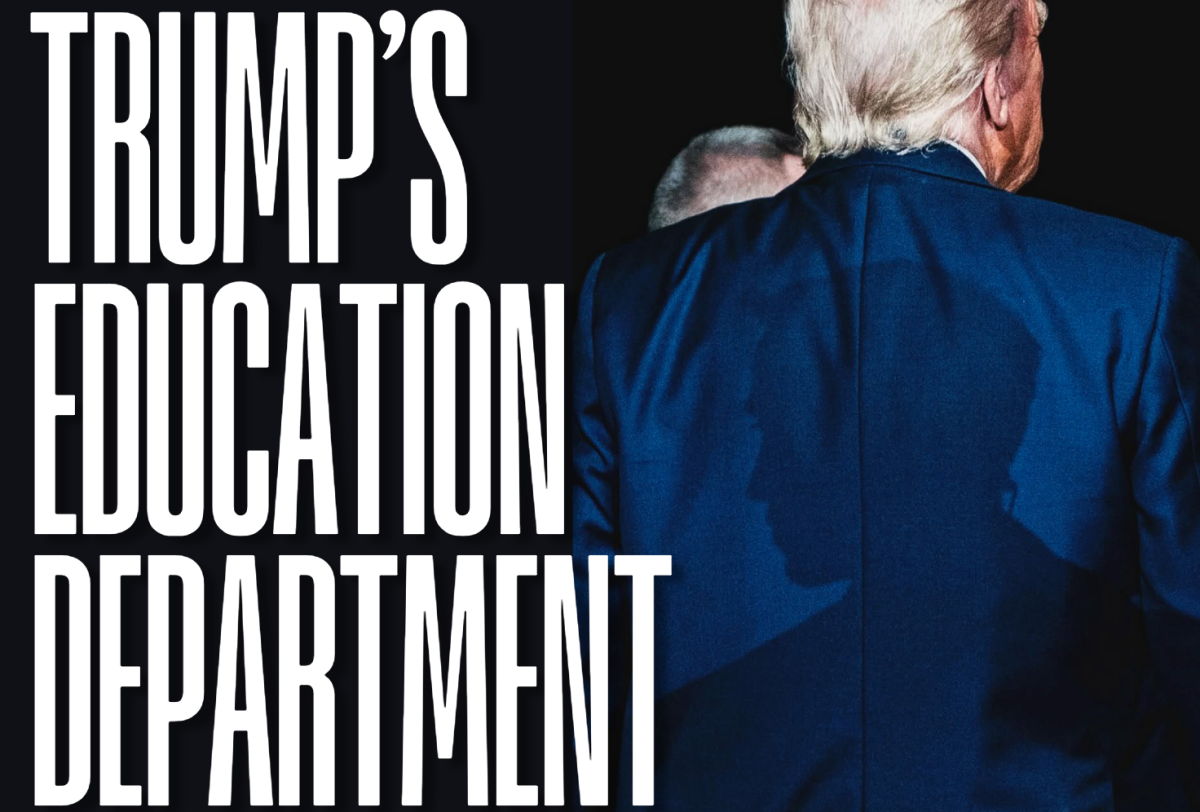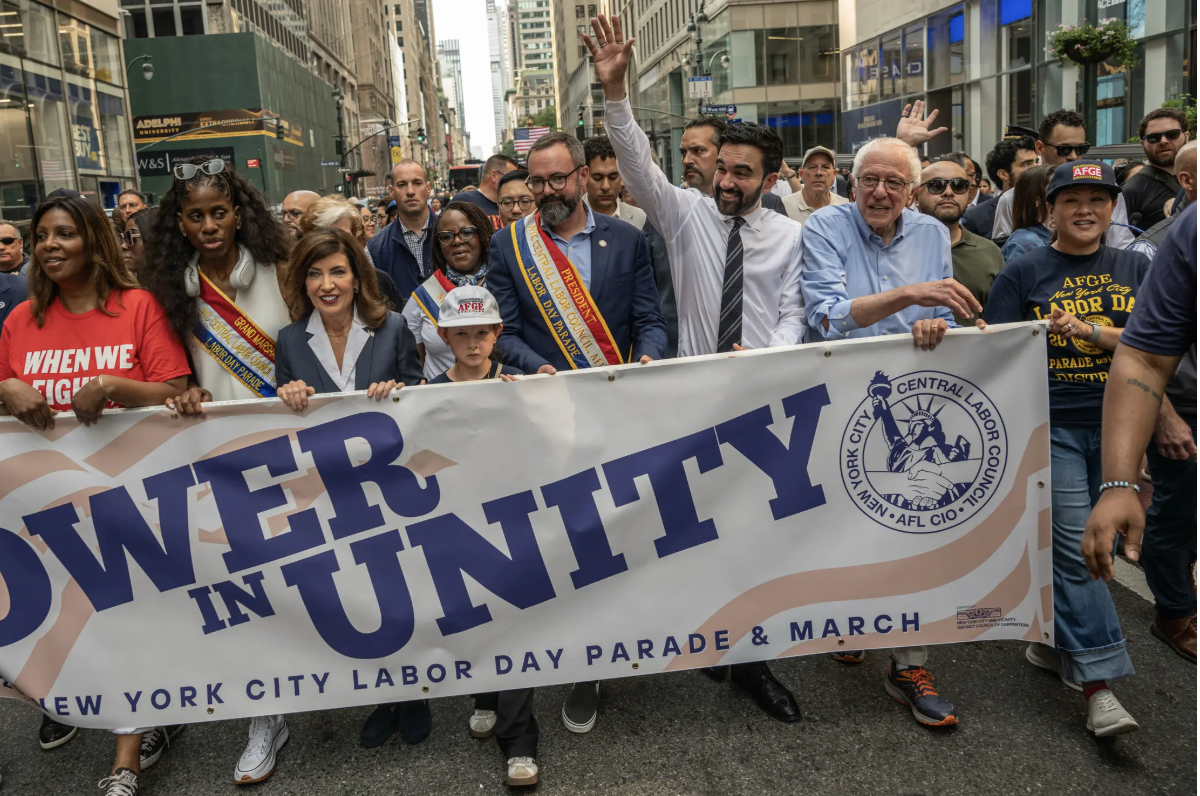By Timothy Kyle

“I have a dream that my four little children will one day live in a nation where they will not be judged by the color of their skin but by the content of their character” is one of the defining quotes of America, right alongside “We hold these truths to be self-evident, that all men are created equal.” So when one of our premier institutions of higher learning, Harvard, is caught actively discriminating against our fellow Americans in the college admissions process, we should take a step back and consider if we are fully embracing these core values or just paying them lip service.
Students for Fair Admission v. Harvard has the potential to be a seminal court case that could decide the future of the Affirmative Action policy. Introduced originally to give a leg up to underprivileged minorities just emerging from centuries of oppression, Affirmative Action has evolved into a system for racially balancing universities, becoming what it was explicitly intended to avoid.
The Supreme Court has allowed colleges to consider race in admissions. However, universities often use this tool to try to build an “ideal” student body using race, corrupting the generally meritocratic intent of Affirmative Action. Harvard, with their extremely secretive and selective admissions process, has taken race-based admissions a step further, engaging in blatant prejudice against Asian-Americans in an attempt to limit the percentage of them in the student body.
There is no dearth of evidence for this. According to The New York Times and a court document released in June, Harvard’s admissions office assigns Asian Americans a lower “personality score” than any other race, especially with the character traits “likeability,” “courage” and “kindness.” Thinly veiled stereotypes aside, it is primarily the usage of this “personality score” that Harvard uses to construct its racial quota. A 2013 internal investigation found that if Harvard was only to admit students based on academics, the student body would be 43 percent Asian. If Harvard was to follow a typical admissions model, with sports, personal factors and extracurriculars considered, the student body would be 26 percent Asian.
That year, Harvard’s student body was 19 percent Asian. That is a significant imbalance that Harvard’s own investigation attributed to demographic balancing, which is both illegal and wrong. It’s not the first time Harvard has used racial discrimination to “preserve” the character of the university. The history of racial balancing is, as one might expect, a nasty one. According to Yascha Mounk, a writer for The New York Times, Harvard had a similar conundrum in the early 1920s when ‘too many’ Jews were being accepted. The president of the university at that time, A. Lawrence Lovell, was concerned that a “Jewish invasion” would “ruin the college.” Harvard’s admissions committee began judging applicants on the arbitrary characteristic of “character and fitness.” Sound familiar? The reality is that these policies, regardless of whether bald-faced anti-Semitism or a push for diversity is the catalyst, always result in discrimination. Instead of being a tool for inclusion, Affirmative Action-type policies become more about exclusion.
But what about the original argument for Affirmative Action? Can colleges still account for the underprivileged and bring them to parity without discriminating on the basis of race? Absolutely. If Harvard truly cared about “fairness” and “equality” instead of just using those as buzzwords to cover up their demographic engineering, economic consideration would make far more sense. It’s well documented that wealthy applicants, regardless of race, typically attend higher rated high schools, live in safer communities and have greater access to test prep and tutoring. Students from less wealthy backgrounds are more adversely affected by the current test-heavy application process that also highly weighs extracurricular activities, which underprivileged students may not have the means to afford or free-time in which to participate.
Chief Justice John Roberts wrote, “The way to stop discrimination on the basis of race is to stop discriminating on basis of race.” One might hope that this is a common sense sentiment that transcends partisan, racial and cultural boundaries. One might also hope that universities like Harvard learn from their checkered racial past and work for a future where merit determines admission. Students for Fair Admission v Harvard isn’t just about Affirmative Action or college applications. It’s a referendum on whether or not we actually care about the equality we profess to support.
Timothy Kyle, FCRH ’21, is a political science major from West Hartford, Connecticut.




































































































































































































